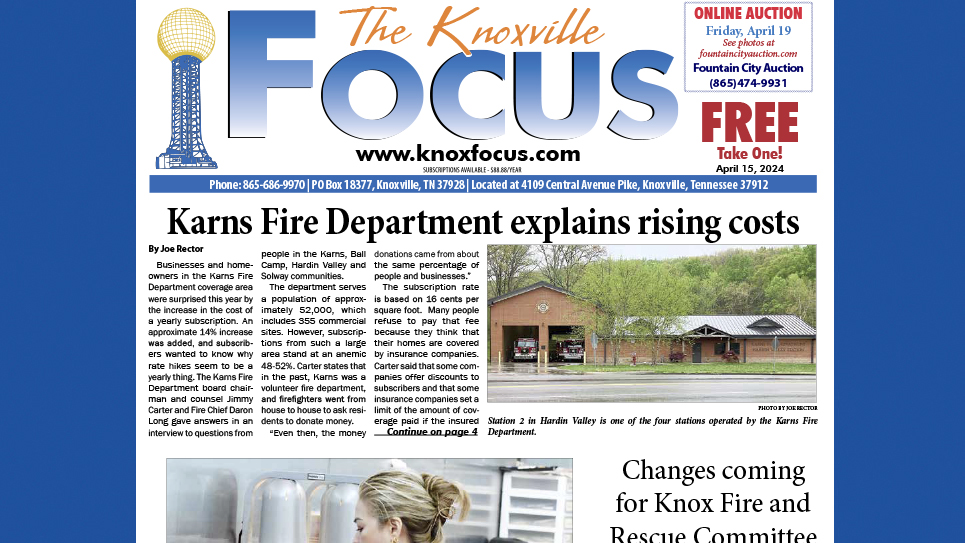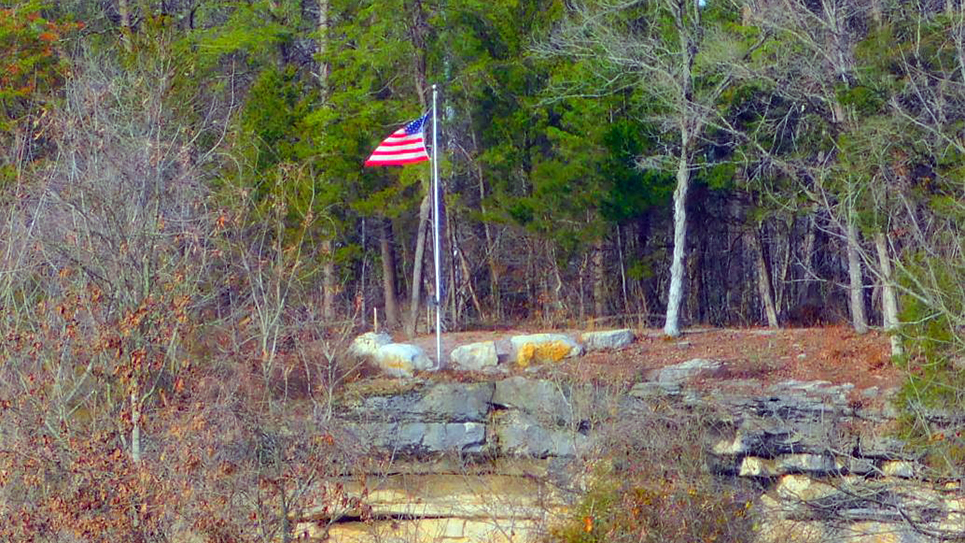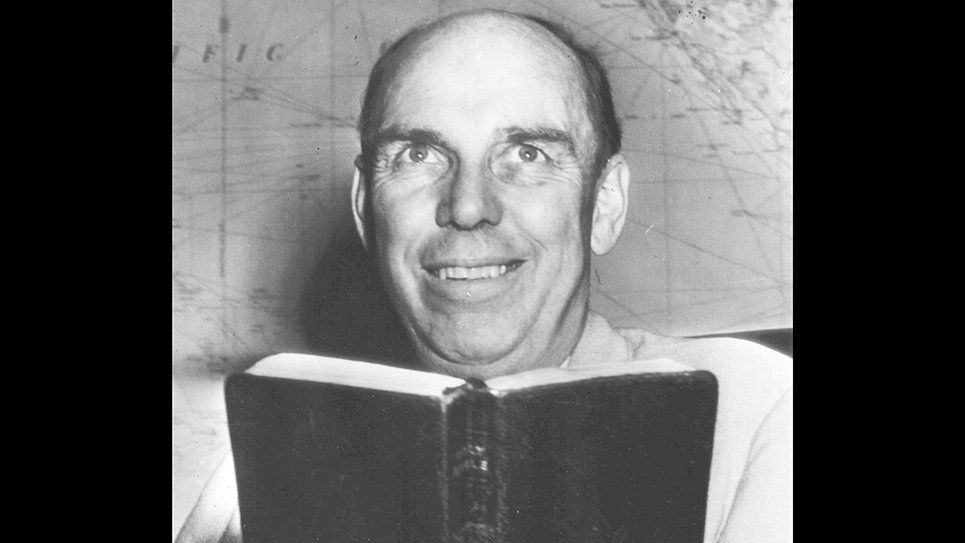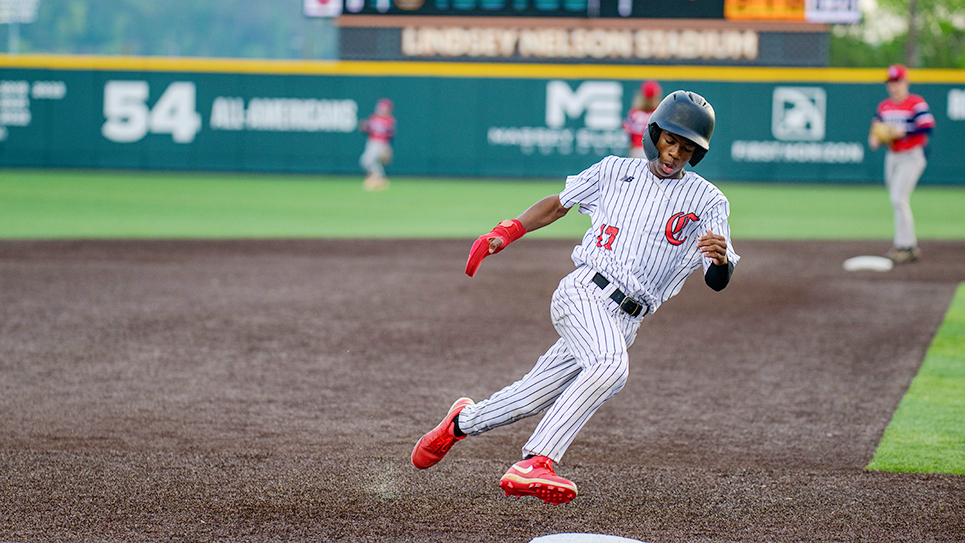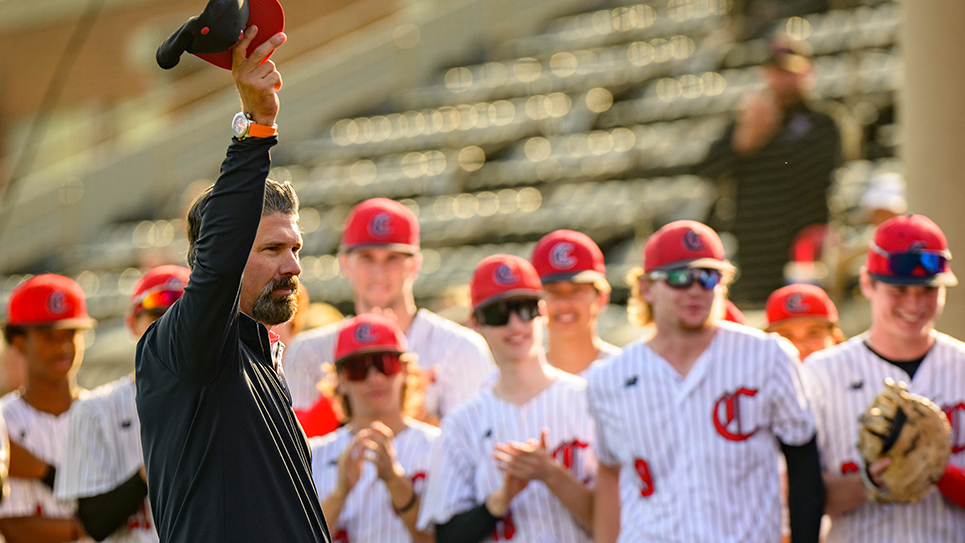By Joe Rector
As soon as October arrived, folks were decorating houses and purchasing costumes for the celebration of Halloween. I’ve always been amazed at the keen interest poured out for the day. It wasn’t like that in my world.
Halloween was simply a time each year for kids to get out of the house and walk around the neighborhood in efforts to rustle up candy and treats. No one had hordes of cash, so many of the things that fell into our trick or treat bags were either homemade or items that were grown there. One neighbor passed out apples and pears. Those weren’t so well received by kids. The pieces of fruit became missiles boys hurdle at cows in pastures or cars cruising down the road. Other adults passed out popcorn balls glued together with molasses. It was a good treat for children who many times ate the balls so that they wouldn’t be squished in the bag.
Back then, no one ever thought about whether or not treats were tainted. Neighbors knew each other. Many of them watched over other families’ children. In fact, they would fuss at youngsters and try to keep them from finding their ways into trouble. To harm one of those young people through treats would be too much like harming the adult’s own children.
Costumes were simple. Old clothes sometimes turned into outfits for hobos. Shoe polish outlined scruffy beards to go along with the clothing. Other children used bed sheets. They cut two holes for eyes and left the house as ghosts. The costume was a hindrance to trick or treaters because they too often hung low and tangled in little shoes; falls were bound to happen, and spilled candy was difficult to find in the dark. Sometimes, children wore a simple mask like the one the Lone Ranger wore.
Moms and dads didn’t accompany their children most of the time. The searchers for treats left home in groups or, in the case of boys, packs. They started walking to houses which were separated by large yards. That meant long hikes to secure enough candy that might last at least for a couple of days. No subdivisions were located in the area, so a Halloween night’s walk could add up to several miles. The dark made that walking difficult, and missteps led to slips and falls into ditches. Kids would arrive home and soon fall into bed from exhaustion. They knew that the next day would bring a full day of school and class work.
The only decoration for most houses was a jack-o’lantern. A parent would carve eyes, noses, and mouths. A candle was placed inside the pumpkin to light up those features. For older children, those orange orbs became highly desired things. Kids would steal pumpkins, and then they’d smash them in the road. If one survived, a mother might scrape it and cook the content so that it could be used for pumpkin pies.
Other simple acts of vandalism occurred as well. Egging houses of hateful neighbors or soaping windows took up some of our time. Community store owners refused to sell those items to packs of boys, so we sneaked them out of our houses. Eggs landed on roofs and soap was confined to the windows, not the screens.
The biggest efforts of vandalism called for several rolls of toilet paper. We boys would work on a yard until it looked more like a snowscape than a fall, leafed-covered one. Most of us arrived home to discover our yards were in the same condition. Our parents sent us the following day to clean up the mess, but we were to roll the paper up for our families’ use in coming months. Adults didn’t believe in wasting anything.
Halloween is a big deal these days, much more so than in my younger years. I just can’t get into the swing of it, nor do I feel the same spirit that comes with true holidays like Christmas or Easter. If kids today had to work as hard for their treats as we did, perhaps they wouldn’t think the Halloween was such a grand time. As it is, trick-or-treaters will pile up huge stashes of candy and never walk far at all from home.

